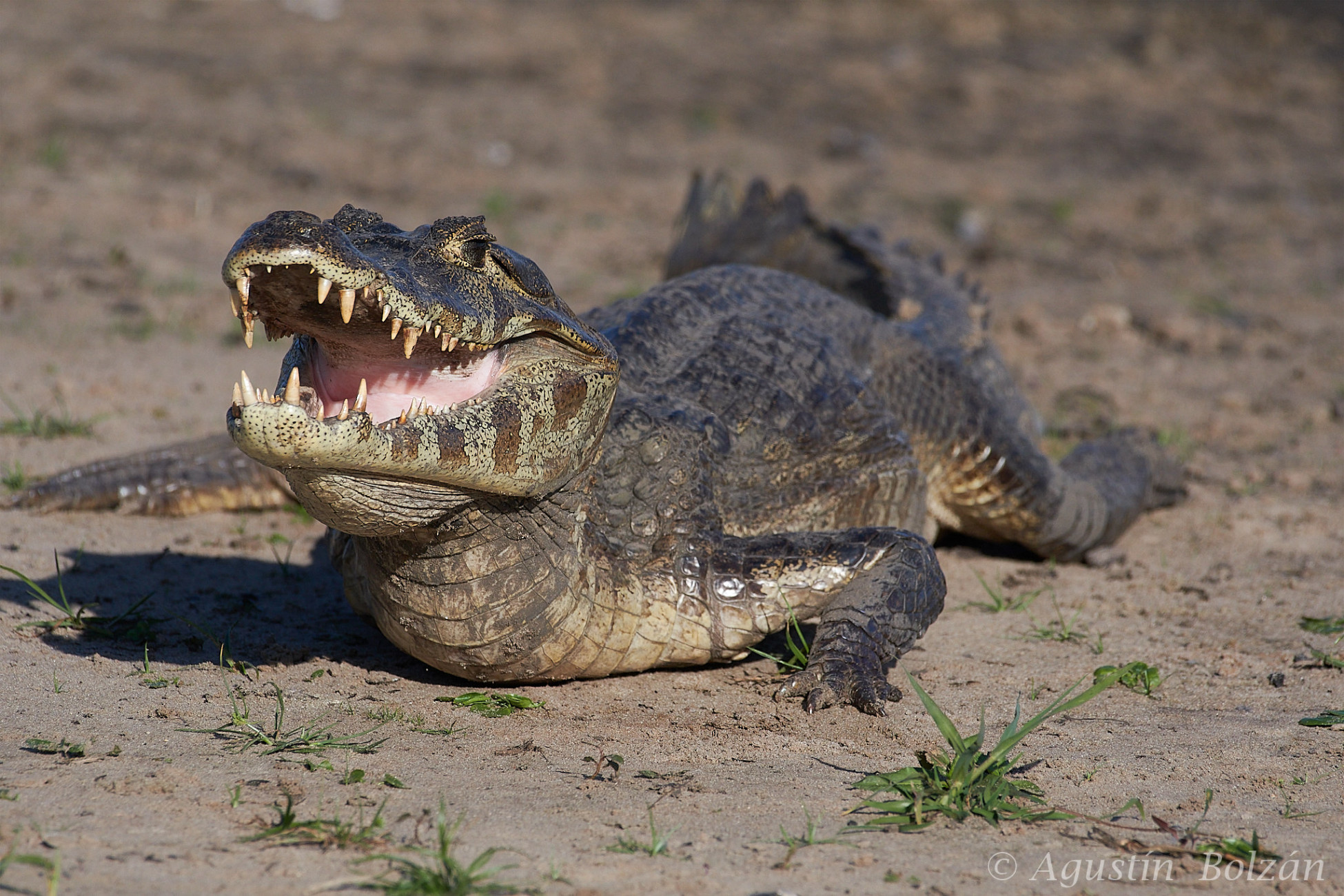El plácido encanto de los Esteros Correntinos
Los Esteros del Iberá en la provincia de Corrientes son, quizás, junto a la Patagonia, uno de los lugares más atrayentes para la observación de la fauna autóctona argentina; a ello se suma la tupida flora que no sólo rodea las aguas del Iberá, sino que la habita también. Pantanos, ciénagas y lagunas, por donde deambulan yaguaretés, yacarés, carpinchos, ciervos, serpientes y monos, sobre los que sobrevuela una numerosa variedad de aves. Declarado sitio Ramsar por su importancia a nivel internacional, ocupa el décimo lugar en el mundo con su extensión de doce mil kilómetros cuadrados, cobijando un ecosistema tropical y subtropical de enorme biodiversidad. La laguna del Iberá es una de las más extensas del sistema y ciertamente la más conocida. Iberá significa en su original guaraní "aguas brillantes", hecho que se refleja, particularmente, en los atardeceres y amaneceres cuando los oblícuos rayos del sol parecen generar un silencioso tintineo de reflejos metálicos sobre las líquidas ondas.
Recorrer los esteros no es sólo cautivante por la variedad que presenta la naturaleza sino, además, por la tranquila y silenciosa proximidad que se puede alcanzar particularmente con la fauna, gracias a un clima de mutuo respeto que se respira en el ambiente entre los ocasionales paseantes y los habitantes naturales. Los esteros son un fiel ejemplo de que es posible el cambio de actitud en el Hombre: de cazadores a guardianes de la fauna. Nadie mejor preparado para cuidar el lugar que el hombre baqueano, conocedor de cada palmo de su territorio. Los antiguos "mariscadores", recolectores de cueros y plumas, en sus tiempos los mejores conocedores de cada rincón de los esteros y excelentes rastreadores, se transformaron luego en los mejores guardaparques para cuidar la reserva, hábiles tanto para localizar algún habitante de su fauna, como para atrapar a los indeseables depredadores humanos.
Espejos de agua, orillas de juncos, embalsados flotantes que se desplazan sigilosamente por dinámicos senderos acuosos, transporte silencioso de pasajeros inesperados. Salvo el paso ocasional de una lancha o el sonar del viejo puente de durmientes leñosos que tiemblan bajo el paso de un vehículo automotor, lo que uno encuentra allí, y especialmente con la llegada del ocaso, son los sonidos del silencio, la paz cosmológica en su más pura presencia.
The placid charm of the Corrientes Wetlands
The Iberá Wetlands in the Corrientes province are, perhaps, along with Patagonia, one of the most attractive places for observing Argentine wildlife; Besides, there is also a magnificent flora that not only surrounds the waters of Iberá, but also inhabits it. Swamps,marshes and lagoons, where jaguars, alligators, capybaras, deer, snakes and monkeys wander around, with a colourful variety of birds flying over them. Declared as a Ramsar site due to its international importance, it occupies tenth place in the wetlands of the world due to its extension of twelve thousand square kilometers, sheltering a tropical and subtropical ecosystem of enormous biodiversity. The Iberá Lagoon is one of the largest in the system and certainly the best known. Iberá means "shining waters" in its original Guarani language, a fact that is particularly reflected in the sunsets and sunrises when the slanting rays of the sun seem to generate a silent tinkling of metallic reflections on the liquid waves.
Walking through the wetlands is not only captivating because of the variety that nature presents but also because of the calm and silent proximity that can be achieved to the animals, thanks to a feeling of mutual respect that is breathed in the atmosphere between the occasional walkers and the wildlife. The wetlands are a faithful example that a change in people's attitudes is possible: from hunters to guardians of wildlife. No one can be better prepared to take care of the place than the skilled man, who knows every inch of his territory. The former so-called "mariscadores", leather and feather hunters, in their time the best connoisseurs of every corner of the wetlands and excellent trackers, later became the best park rangers to take care of the reserve, skilled both for localising some member of the fauna, or for catching undesirable human predators.
Mirrors of water, reed banks, floating ponds that move stealthily along dynamic aqueous paths, silent transportation of unexpected wildlife passengers. Except for the occasional passing of a boat or the sound of the old bridge of woody ties that tremble under the passage of a motor vehicle, what one finds there, and especially with the arrival of dusk, are the sounds of silence, cosmological peace in its purest presence.
